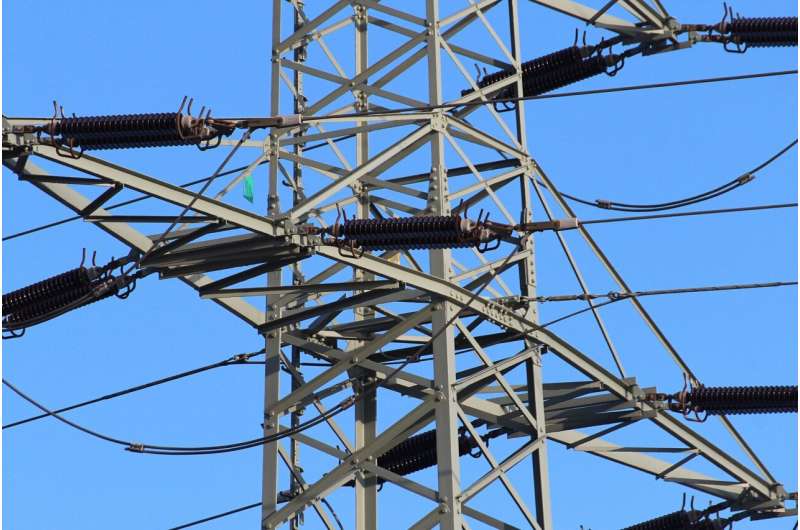Time-reversal methods can make power transformers more reliable

Engineers at EPFL's Electromagnetic Compatibility Laboratory have developed a revolutionary method for detecting and locating partial discharges, which disrupt the functioning of power transformers.
Transformers play a central role in power distribution systems, making it possible to carry electric power over long distances with minimal risk and losses. They're crucial for ensuring the stability and reliability of power grids. When problems occur in transformers, grid operators need to be able to detect them rapidly and determine exactly where they're located. "Sometimes, disturbances known as partial discharges occur inside a transformer," says Farhad Rachidi, adjunct professor at EPFL and head of the Electromagnetic Compatibility (EMC) Laboratory. "If operators don't do anything to fix them, the discharges can result in serious damage over time and even cause the transformer to explode."
Time-reversed equations
There are a number of systems that can detect partial discharges, but they aren't very effective in pinpointing where they originate. "With our method, engineers can locate the source of a partial discharge and act quickly to solve the problem," says Hamid Reza Karami, scientist at the EPFL EMC Lab.
"It's based on a fairly recent technique called time reversal, which stems from the 'reversibility' of physics equations. Just about all physics equations have a time variable and consider it as a value going forward. But most equations also work with its negative. So our technique entails replacing the t variable in physics equations, which represents time, with its negative: –t. Theoretically, that allows us to go back in time."
Reconstructing waves in the opposite direction
Partial discharges inside a transformer generate two kinds of waves: acoustic and electromagnetic. In the EPFL system, the waves are captured by a sensor and converted into digital format. An algorithm then analyzes the waves and feeds them into a computer model of a transformer. The model reconstructs the waves by working backwards, in the opposite direction of travel, until it reaches the source of the discharge. That gives engineers precise information on where the discharge comes from.
Rachidi's team is developing their technology jointly with Sparks Instruments, a Fribourg-based company that supplies systems for detecting partial discharges, and with HEIG-VD. "EPFL's Technology Transfer Office put us in touch with the people at Sparks," says Rachidi. "We also received support from enable, an EPFL program to encourage R&D, which allowed us to test and validate our system. Our technology has now been patented and we're working with Sparks to find the best way to take it to market."
Huge potential
Time-reversal-based methods have considerable potential in a host of applications—and this isn't the first breakthrough by Rachidi and the engineers at his lab. In 2018, they patented an application that can locate short circuits in power grids in record time. "We were the first to use time reversal for this kind of application," he says.
And they're applying their knowledge in other fields too: "We've filed a patent application for a system that can pinpoint the origin of cardiac arrythmia, and we're working with Prof. Marcos Rubinstein and his group at HEIG-VD to develop a device that can locate lightning."

















